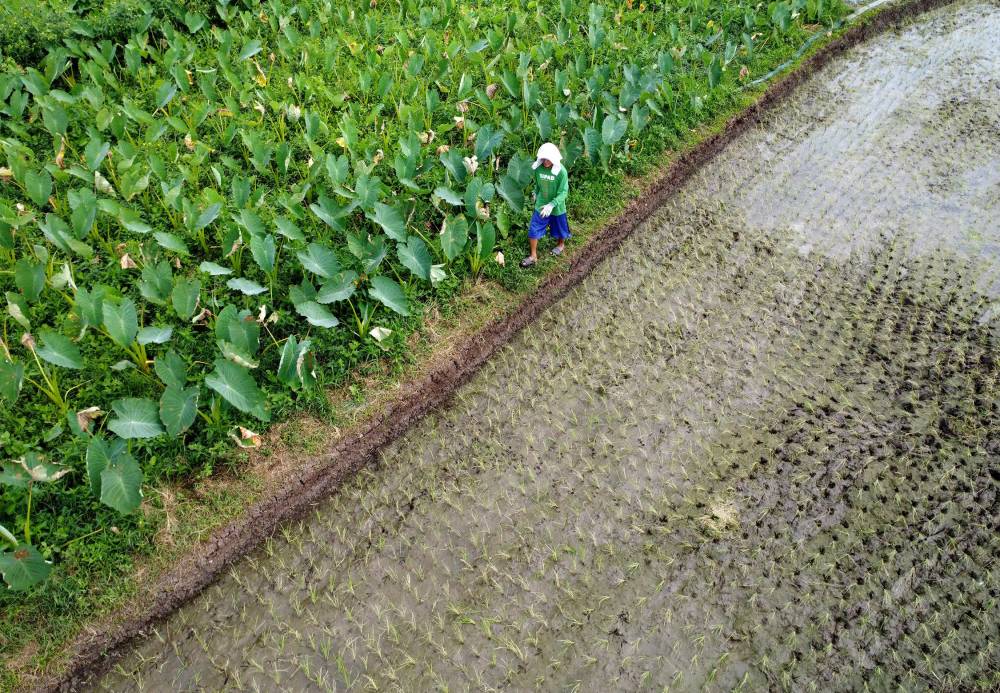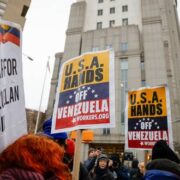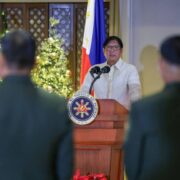Lack of El Niño preparedness

El Niño is taking a huge toll on agriculture as the drought it brings sharply reduces farm production. Last week, the power sector started feeling the impact of El Niño as many hydroelectric plants were forced to shut down due to a severe lack of rainfall. The extremely hot weather brought by the dry weather phenomenon is also forcing the temporary shutdown of overheating power facilities. Add to these the discomfort of students and teachers who cannot stand the heat in cramped and poorly ventilated classrooms.
According to the World Bank, El Niño has occurred eight times since 1980. Since then, mitigating measures to at least minimize the losses from El Niño, especially in the farm sector, have been crafted by countries affected by it. This makes many wonder why the country continues to pile up billions of pesos in losses due to El Niño if the policy actions needed to address or soften its impact have been around for decades.
Patch-up solutions
Back in 2019, the World Bank released a series of country reports titled “Striking a Balance,” which included in-depth economic calculations of the effects on agricultural production, the whole economy, households, and poverty from both El Niño and La Niña, another extreme weather event that usually follows the dry spell and triggers the opposite in terms of excessive rainfall that brings widespread flooding. The series then estimated how “policy interventions could mitigate these impacts and identified opportunities to help countries rebound from these [climatic] events.”
In those years from the late 1990s to today, it is normal to expect that the previous administrations would have crafted a holistic plan to prepare the country for every El Niño that comes its way. But seeing recent events—for example, the swelling farm losses and the precarious decline in power supply—unfold since the dry spell hit the country this year, one cannot sense the presence of a comprehensive government approach to tackle El Niño, but instead only patch-up solutions to every sectoral problem that arises as the drought progresses.
Drought-tolerant crop varieties
It is true, as the World Bank noted, that policy interventions do not entirely prevent economic losses from strong El Niño events. However, the World Bank report on the Philippines estimated that if policy interventions such as introducing drought-tolerant crop varieties, expanding irrigation, applying food import subsidies, storing grains, removing rice quotas, and providing cash transfers to poor households were applied all at the same time, economic losses (as measured by the gross domestic product or GDP) from the effects of the past El Niño occurrences would be substantially reduced to $1.4 billion from $3.3 billion without any intervention.
That report on the Philippines is very interesting reading, especially for government policymakers. Done nearly five years ago, it had a long list of recommendations that could have improved the country’s ability to withstand the current El Niño. “There are many opportunities to improve El Niño preparedness and resilience,” it said, itemizing high and moderate priorities and denoting those actions that can be done in a year’s time, as well as those that require medium- to long-term implementation. Had the government adopted most of those recommendations in 2019, even the action plans requiring years to implement would have been finished by now.
Risk and vulnerability maps
Some of these proposals worth citing included the preparation of detailed El Niño risk and vulnerability maps developed with stakeholders and with recommended actions for farmers or businesses; the inclusion of contingency and preparedness funding for El Niño events in the national budget; adopting drought- and flood-tolerant crop varieties and fishery practices; a trigger mechanism for the release of the funds with early warning systems to avoid undue delays and political issues; expanding grain storage capacity by buying additional storage silos before a predicted El Niño event to avoid shortages and price spikes, and investing in rural infrastructure such as irrigation and water harvesting systems.
Officials will surely point to the government’s lack of funds as the main reason why it cannot undertake all these measures. But if one looks at it, part of this financing problem can be addressed if budget priorities are set right. Does the country really need to spend billions of pesos to beef up its defenses against a war that is uncertain to come and with a military behemoth that is China? Does the country really need to spend billions of pesos to alter the Constitution now? Does the country need to allocate billions of pesos in confidential funds for unknown purposes? Or does the country need to allocate these instead to real problems such as the twin weather aberrations of El Niño and La Niña that come in a highly predictable cycle to devastate the economy?

















